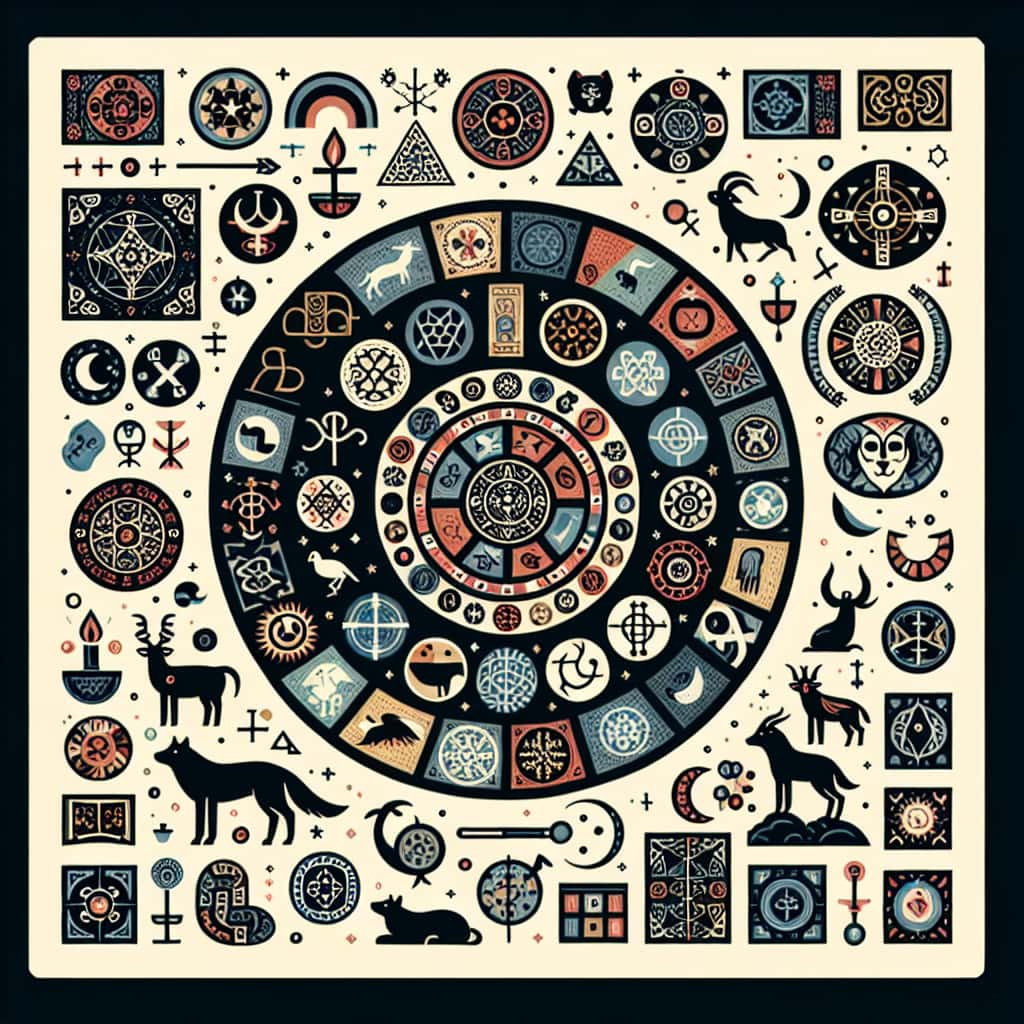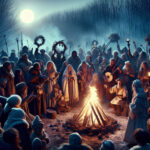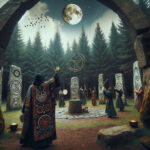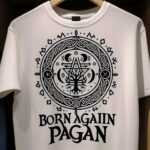Serbian pagan symbols are an important part of the country’s cultural history and have been used for centuries by the people of Serbia to express their beliefs, values, and traditions. The symbols have been used in art, jewelry, religious ceremonies, and more. In this article, we’ll explore the history, meaning, and significance of the most common Serbian pagan symbols and the role they continue to play in Serbian culture today.
Serbian Pagan Symbols
Serbia is a country that is rich in history and culture, and its ancient pagan symbols can be found everywhere throughout the country. These symbols, which represent the beliefs of the people of Serbia, are an important part of the Serbian heritage. This article will discuss some of the more common symbols of Serbian paganism and their meanings.
The Sun Wheel
The sun wheel is one of the most common symbols of Serbian paganism. It is a circular symbol with four spokes, each representing a different element. The four elements represented by the sun wheel are fire, water, earth, and air. The sun wheel is used to represent the cycle of life and death, and is seen as a symbol of protection.
The Svetovid
The Svetovid is a Slavic deity that is often associated with the sun wheel. He is a god of war, fertility, and abundance. He is usually depicted as a four-headed man with a long beard, and his four heads represent the four elements. He is seen as a protector of crops and animals and is often invoked for protection during battle.
The Triquetra
The triquetra is another common symbol of Serbian paganism. It is a three-pointed symbol that is often used to represent the three phases of life: birth, death, and rebirth. It is also seen as a representation of the three aspects of the goddess: maiden, mother, and crone. The triquetra is often used to represent the interconnectedness of all things and is a symbol of protection.
The Swastika
The swastika is a symbol that is associated with Serbian paganism and is a symbol of luck and protection. It is a four-pointed symbol, with each point representing the four elements. The swastika is also seen as a symbol of the sun, and is often used to represent the cycle of life and death.
The Eagle
The eagle is another common symbol of Serbian paganism and is seen as a symbol of strength, courage, and wisdom. It is also seen as a symbol of protection and is often invoked for protection during battle.
The Bear
The bear is a symbol of protection and strength in Serbian paganism and is often used to represent the spirit of the land. It is seen as a symbol of courage and is often invoked during battle.
The Wolf
The wolf is another symbol of Serbian paganism and is seen as a symbol of protection. It is also seen as a symbol of loyalty and is often invoked during battle.
The Snake
The snake is a symbol of transformation and renewal in Serbian paganism and is seen as a symbol of protection. It is also seen as a symbol of wisdom and is often invoked for protection during battle.
Conclusion
Serbian pagan symbols are an important part of Serbian culture and heritage. These symbols represent the beliefs of the people of Serbia and are often used to represent protection and strength. The most common symbols of Serbian paganism are the sun wheel, the Svetovid, the triquetra, the swastika, the eagle, the bear, the wolf, and the snake. All of these symbols are seen as symbols of protection and strength and are often invoked during battle.
Serbian pagan symbols have a long and deep history, and they are still a part of the cultural and spiritual identity of Serbia. From the ancient symbols of the sun and moon to the more modern symbols of the national flag, Serbia has symbols that represent its rich history and culture. These symbols are an important part of Serbia’s identity and heritage, and they should be celebrated and respected. By understanding the significance of these symbols, we can better appreciate the unique culture and history of Serbia.





